Tag: U.S. House
-
House passes One Big Beautiful Bill Act budget reconciliation bill 215-214
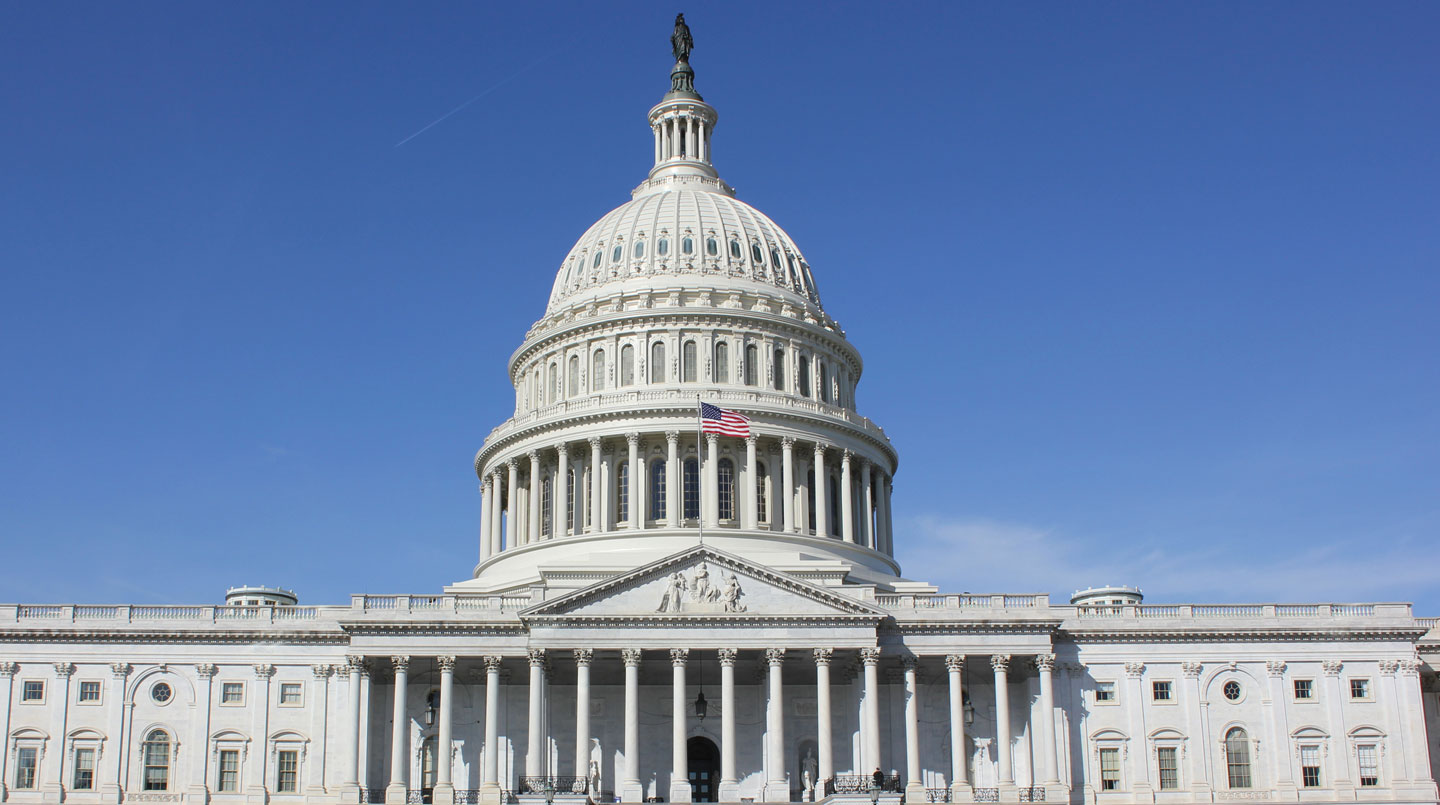
House Republicans’ 2025 budget reconciliation package, H.R. 1 – the One Big Beautiful Bill Act, passed the chamber 215-214 on May 22. Approval in the House sent the bill to the Senate. The bill includes provisions on tax policy, border security and immigration, defense, energy production, the debt limit, adjustments to SNAP and Medicaid, and…
-
Nine members of Congress have announced they will not seek re-election in 2026

Since our March 19 update on congressional retirements, three members of the U.S. House of Representatives—one Democrat and two Republicans—have announced they will not seek re-election in 2026. Those representatives include: Additionally, Sen. Michael Bennet (D-Colo.) announced his candidacy for Colorado governor on April 10. Since Bennet is not up for re-election until 2028, he…
-
U.S. House votes to adopt Senate-amended budget resolution
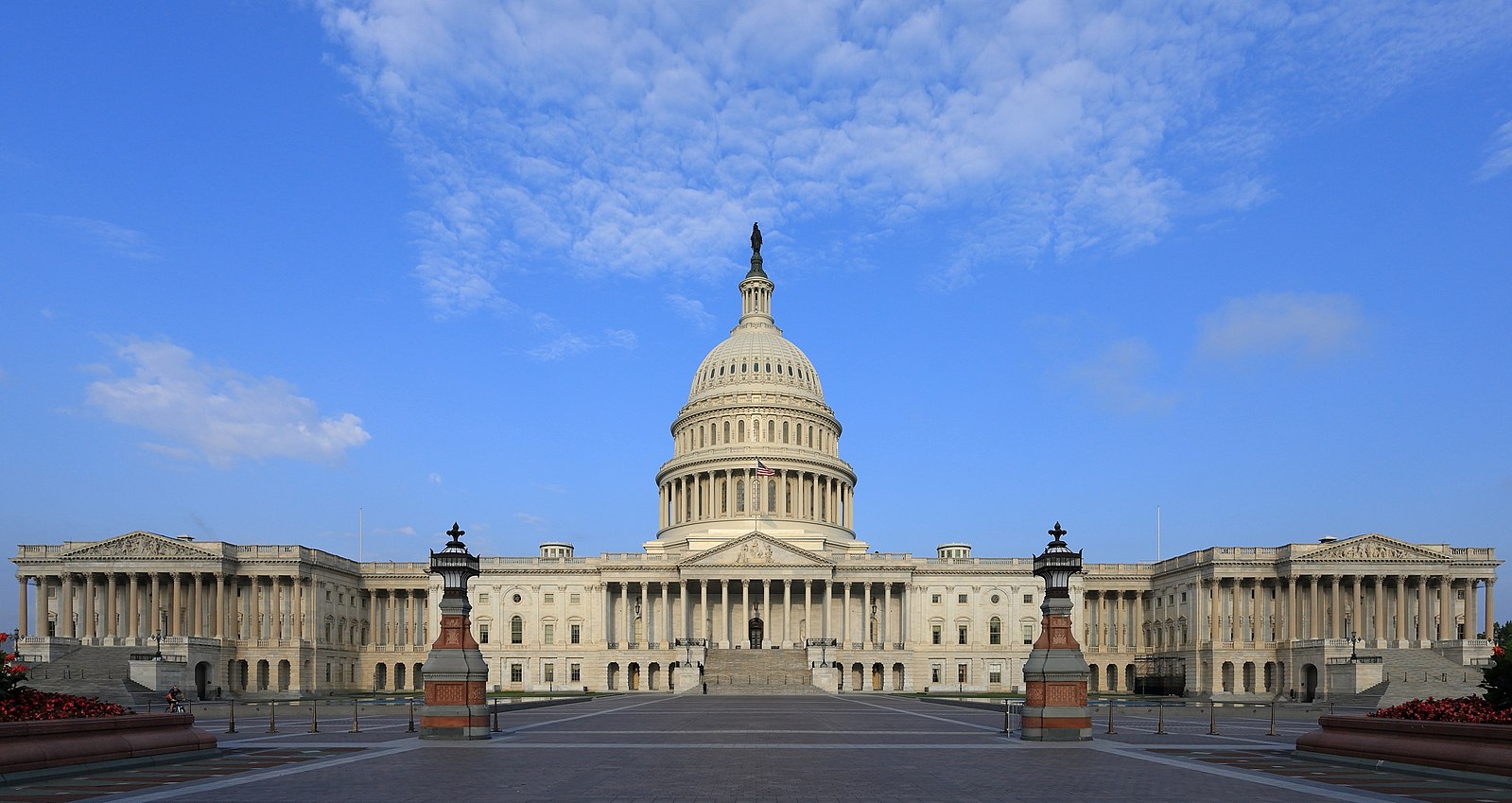
On April 10, the House of Representatives voted to adopt the Senate-amended version of budget resolution HCon.Res.14, completing the budget resolution process. The House voted 216-214 in favor of the resolution, with 216 Republicans voting in favor and Reps. Victoria Spartz (R-Ind.) and Thomas Massie (R-Ky.) joining 212 Democrats in voting against the resolution. The…
-
Six members of Congress have announced they will not seek re-election in 2026
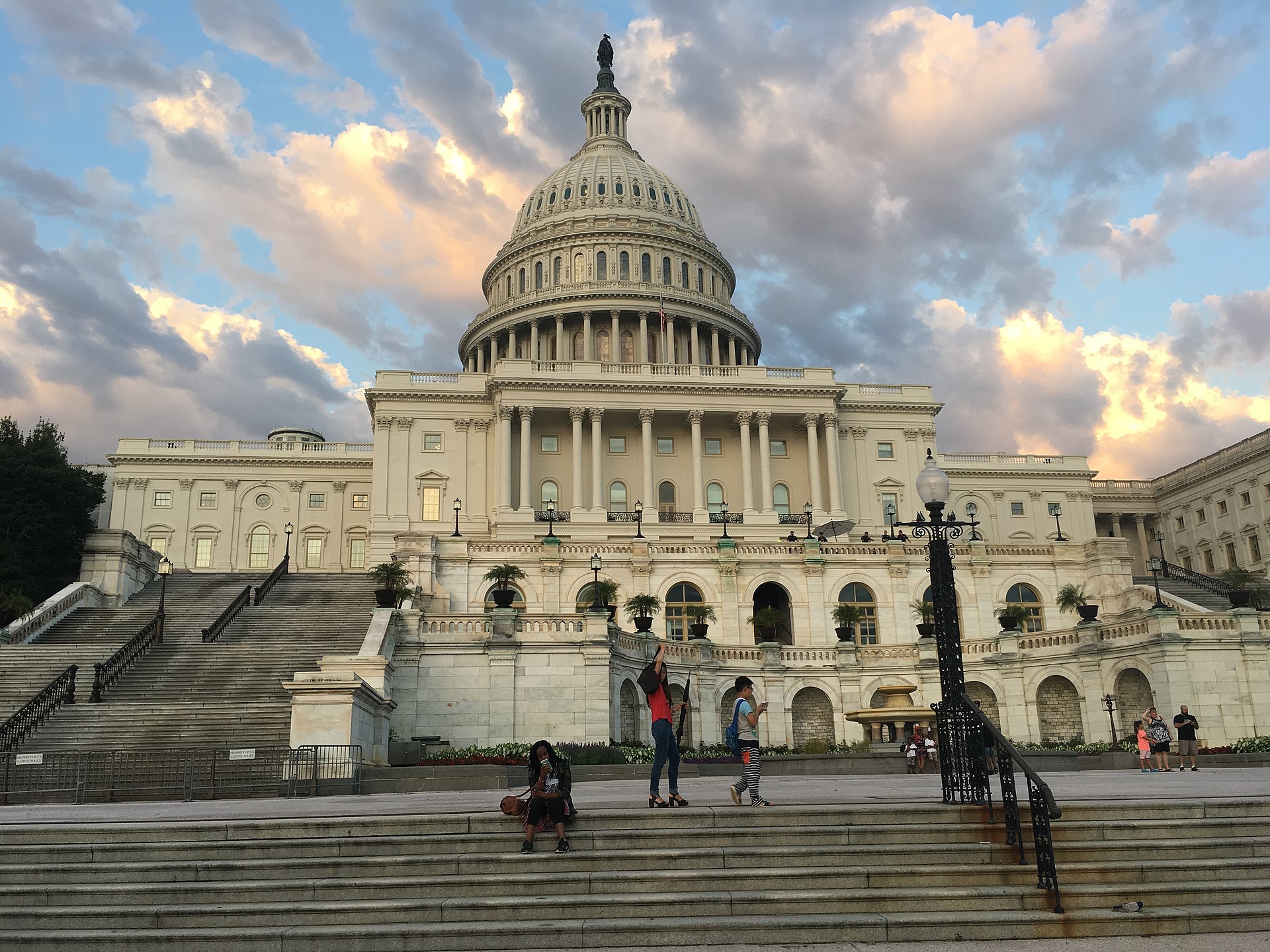
With 20 months to go until the 2026 midterm elections, six members of Congress—four senators and two representatives—have announced that they will not seek re-election that year. We’ll explain how these figures compare to previous years and what they tell us about the state of play for both parties in 2026. U.S. Senate Since our…
-
No members of Congress have announced 2026 retirement plans since Dec. 19

Since our last update on Dec. 19, no members of the U.S. Congress have announced plans to not seek re-election in 2026. That means the total number of congressional retirements for 2026 remains at one. The last incumbent to announce their retirement was Rep. Raúl Grijalva (D-Ariz.), who said he would not seek re-election to…
-
Incumbent Mary Peltola (D), Eric Hafner (D), Nicholas Begich (R), and John Howe (Alaskan Independence Party) are running in the general election for U.S. House of Representatives in Alaska

Incumbent Mary Peltola (D), Eric Hafner (D), Nicholas Begich (R), and John Howe (Alaskan Independence Party) are running in the general election for U.S. House of Representatives in Alaska on Nov. 5, 2024. Peltola and Begich lead in polling, fundraising, and local media attention. Peltola defeated Begich and Sarah Palin (R) in a special election…
-
Incumbent U.S. Rep. Jahana Hayes (D) and George Logan (R) are running in the Nov. 5 general election for Connecticut’s 5th Congressional District

Incumbent U.S. Rep. Jahana Hayes (D) and George Logan (R) are running in the Nov. 5 general election for Connecticut’s 5th Congressional District. This is a rematch from the 2022 general election in which Hayes defeated Logan 50.4%-49.6%. As of Sept. 10, The Cook Report with Amy Walter, Inside Elections with Nathan L. Gonzales, and Larry J. Sabato’s…
-
U.S. House passes two bills opposing ESG

The House of Representatives passed two bills opposing ESG on Sept. 18 and Sept. 19. HR 5339 would require fiduciaries to make investment decisions based on financial factors. HR 4790 proposed limiting the Securities and Exchange Commission’s (SEC) climate risk disclosure requirements. Ballotpedia tracks support for and opposition to the environmental, social, and corporate governance…
-
For a fourth straight month, the number of members of Congress who have announced retirement so far this year is 53
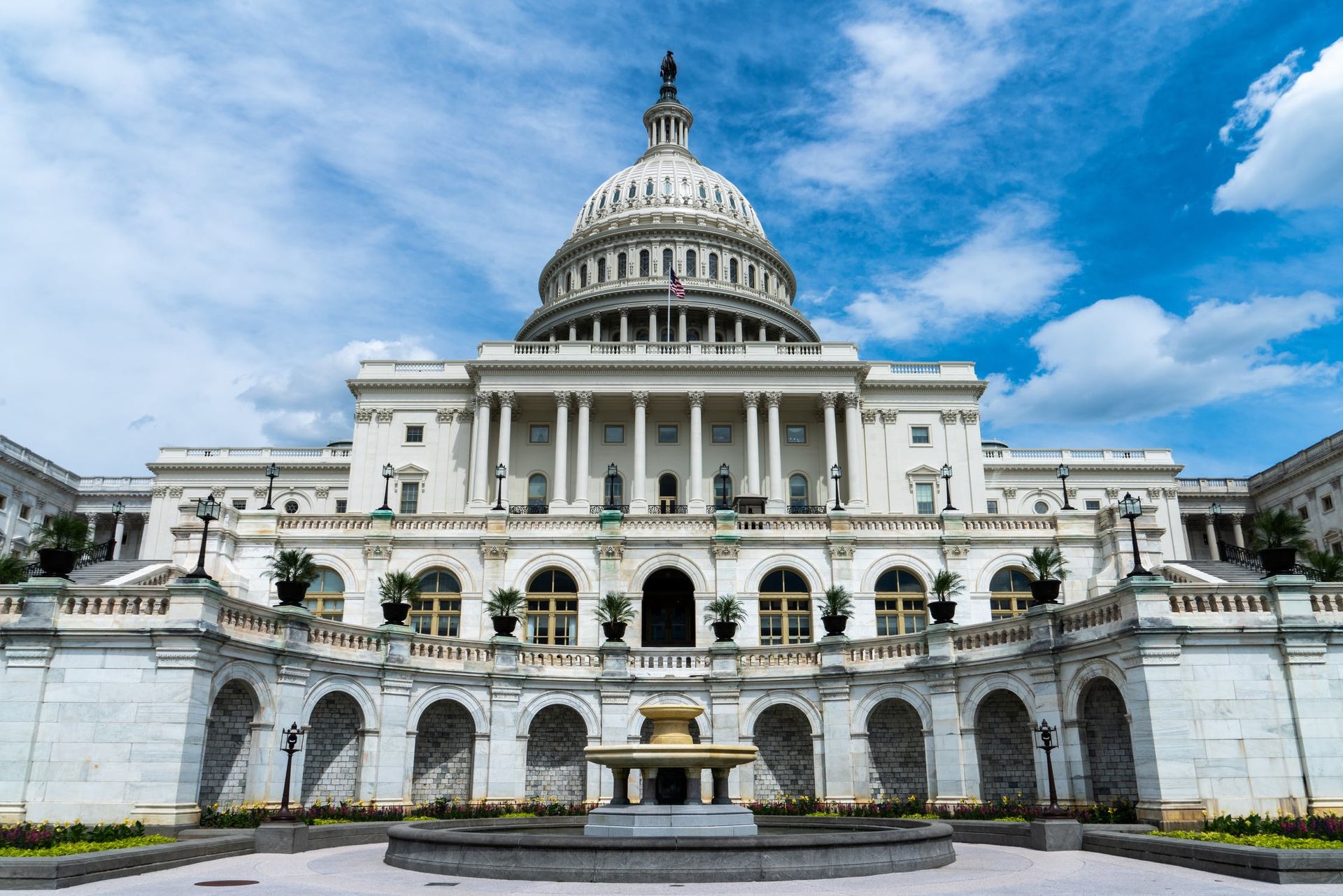
Fifty-three members of Congress—eight senators and 45 representatives—have announced they will not seek re-election this year. That’s the same number that was reported in our August 21 update on congressional incumbents not seeking re-election. Since then, there have been no new retirement announcements. The last incumbent to announce their retirement was Rep. Garret Graves (R-La.)…
-
Incumbent Scott Perry (R) and Janelle Stelson (D) are running in the general election for Pennsylvania’s 10th Congressional District
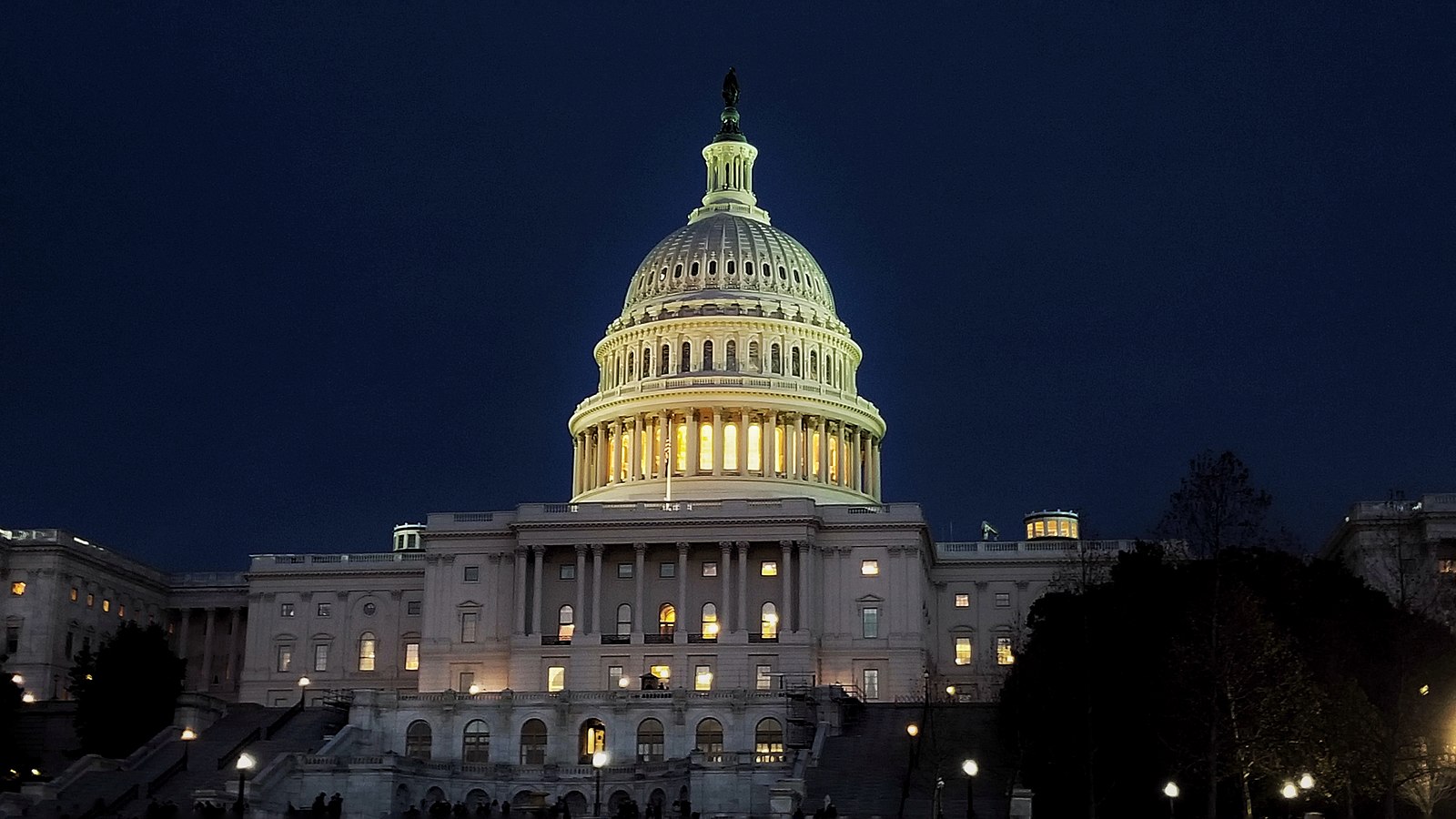
Incumbent Scott Perry (R) and Janelle Stelson (D) are running in the general election for Pennsylvania’s 10th Congressional District on November 5, 2024. In 2022, Perry defeated Shamaine Daniels (D) 53.8% to 46.2%. On the same ballot, Josh Shapiro (D) defeated Doug Mastriano (R) in the district by 12 percentage points in the state’s gubernatorial…

